Rollovers: The Benefits of Consolidation Within A 401(k)
The average person will work for twelve different organization throughout their career. If each employer –even if far fewer than the average–offers a 401(k) plan, then this movement throughout a career can lead to a variety of 401(k) accounts with a variety of different 401(k) providers sprinkled throughout an employee’s past. Such disparate accounts, held and administered through prior employers, are less than ideal for a variety of reasons. But a simple solution exists: consolidation via rollovers.
In simple terms, a 401(k) rollover is the movement of one retirement account balance into another retirement account such that the accounts are consolidated and, critically, such that there is no taxable or other IRS-penalized event.
Rollovers can be direct, i.e., the funds can be moved directly from one provider to another; rollovers can also be indirect, i.e., the funds are delivered to the individual account holder, who then generally has sixty days to deposit the funds into an eligible and qualified retirement account to avoid penalties and taxes.
Beyond that, different providers use a variety of different processes to initiate and complete rollovers. Therefore, the best first step to initiate a rollover is generally for the individual account holder to contact the current 401 (k) provider, the prior 401 (k) providers, and/or prior employers—to ask about the process and the required documents and information.
It is nearly impossible to predict exactly what might be required to complete a rollover by a prior provider or prior employer. But, notwithstanding the variety of processes, once initiated, rollovers are generally proceed easily and engender several significant benefits.
Lower Costs
Different retirement plans may charge different direct fees that may be structured and paid differently, e.g., the employer may pay the direct fees or the plan participants may pay the direct fees. Moreover, these fees may or may not include revenue sharing, commissions, or sales charges. In addition, different retirement plans may include different investment options with their own, additional fees (generally expressed as expense ratios) paid by those plan participants invested in those options.
Rolling over funds from a plan with higher fees to a plan with lower fees can make a significant difference. Generally speaking, the lower the fees the more money plan participants get to keep. Although some varieties of fees may appear minor, the amounts—both in reduced direct fees and increased investment returns—can add up, compound over time, and make a meaningful impact on retirement balances.
Asset Protection
Lawsuits are a part of modern life, particularly for business owners or professional practitioners. Consolidation of retirement assets in a 401(k) plan can help to protect participant assets.
Of course there are numerous exceptions, for example, Qualified Domestic Relations Orders and IRS levies. Appropriate counsel should be always be sought concerning appropriate asset protection. But, generally speaking, ERISA Plans, like 401(k) plans, are fully protected from creditors under federal law both in and outside of bankruptcy.
Other tax-advantaged savings vehicles are not entitled to that same broad sort of protection. For example, in bankruptcy, IRA assets up to roughly $1.5 million cannot generally be reached by creditors. But, outside of bankruptcy, traditional contributory IRAs, Roth IRAs, and inherited IRAs, have protection only under state law. As an example, in Minnesota, this legal distinction is particularly meaningful because Minnesota state law, Minn. Stat. § 550.37 (24), only protects a relatively small amount of IRA account balances from judgment creditors—like a plaintiff would be in a lawsuit.
Again, and to be clear, appropriate legal advice should be sought in connection with all asset protection questions. But, generally speaking, ERISA Plans, like 401 (k) plans, provide a reasonable measure of protection. And rollovers can help to extend that protection.
Simplicity
Personal financial simplicity is often overlooked in a technical discussion of some of the benefits of account consolidation. But, it is likely the most important reason to rollover retirement plan accounts from prior providers and employers.
In short, by consolidating and rolling over any and all “roll-able” accounts into a current employer’s 401(k) plan, plan participants can significantly reduce their own personal administrative burden. Plan participants will likely also be better and more easily able to address issues like overall asset allocation and long term planning. And to more easily work with their trusted financial advisors. Further, consolidating accounts makes it easier to keep track of all funds and eliminates the possibility of having to deal with a long ago employer when retirement is reached and distributions begin. It also eliminates the real risk of losing track of, and potentially just forgetting about, prior retirement plan accounts—and therefore losing money that has already been earned and saved.
Final Thoughts
There are many reasons to rollover and consolidate prior retirement accounts. A few of the most important are potentially lower costs, asset protection, and personal financial simplicity.
As always, whenever engaging in financial planning and operations, consulting with a trusted and knowledgeable financial professional is always a good idea. They can provide direction and potentially assist along the way.
Have questions? Reach out to our team of financial professionals at Emerj360.

